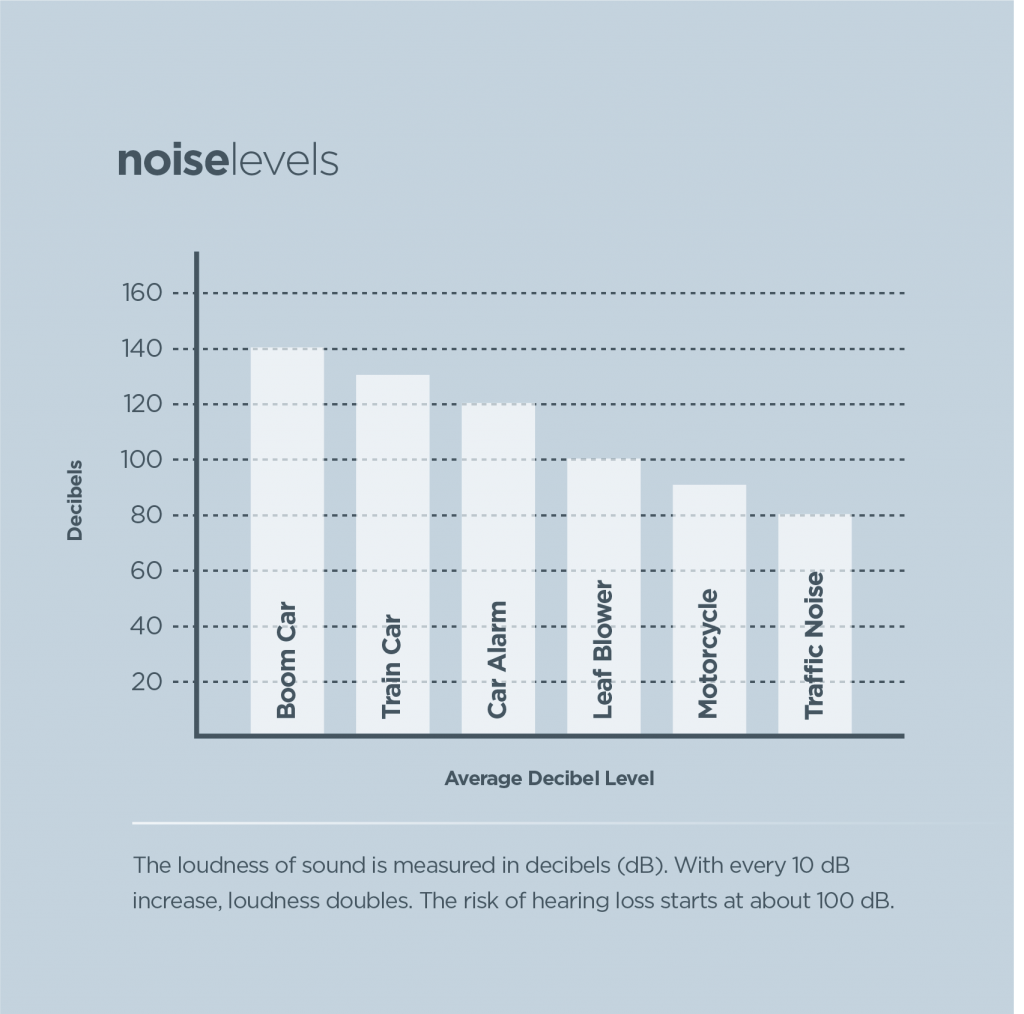The Most Effective Stress Cleaning Techniques For Each Surface Area
The Most Effective Stress Cleaning Techniques For Each Surface Area
Blog Article
Post Created By-Stone Geertsen
When it concerns press cleaning, the method you choose can make all the distinction in attaining a tidy, streak-free coating. You may discover that tough surface areas, like concrete, need a various method than softer materials, such as wood or vinyl. It's essential to adapt your approaches to the surface kind to stop damage while maximizing cleaning performance. So, what are the very best methods for every surface, and just how can you ensure you're using the right setups and devices for the job? Allow's explore what you need to recognize to obtain the most effective results.
Tough Surface areas
When it concerns push washing hard surface areas, prep work is essential. Before you also consider pulling out the pressure washing machine, take the time to clear the area of any kind of debris, furniture, or obstacles. You don't desire anything entering your method or possibly harmful your equipment.
Next, inspect the surface area for any kind of fractures or damages; this will certainly assist you establish the appropriate approach and stress setups.
Once you've prepared the location, it's important to choose the right nozzle. For tough surfaces like concrete or block, a slim nozzle (15 or 25 levels) functions best to supply a focused stream of water that can successfully get rid of grime and stains. Always start at a distance and progressively move better to stay clear of any surface damage.
As you begin cleaning, maintain the stick transferring to protect against streaks and over-saturation. It's also practical to work from the top down, permitting dirt and debris to wash away naturally.
Ultimately, remember to wash the surface area completely after cleaning to get rid of any kind of remaining detergent. With these techniques, you'll attain a clean and renewed look on all your difficult surfaces.
Soft Surfaces
Stress cleaning soft surface areas needs a gentler technique to safeguard them from damages. Whether you're cleaning your deck, patio area furnishings, or siding, utilizing too much pressure can bring about damages, scratches, or perhaps permanent damage.
Beginning by picking a low-pressure nozzle, preferably a 25-degree or larger spray pattern, to distribute the water a lot more carefully.
Before browse around this website begin, it's vital to pre-treat any type of discolorations with an appropriate cleansing remedy. This action permits the cleaner to permeate the dirt and gunk, making it much easier to wash away without scrubbing too hard.
Constantly apply the remedy from the bottom as much as stop streaking.
When you start stress washing, maintain a distance of at the very least 12 to 18 inches from the surface. Move your stick in a sweeping activity, maintaining it alongside the surface area to stay clear of focused stress on one area.
Rinse the area completely after cleansing to get rid of any residual cleanser.
Lastly, inspect the surface area for any kind of missed spots and duplicate the procedure if needed. By complying with these actions, you can successfully clean soft surfaces while protecting their stability and appearance.
Specialty Surfaces
Cleaning up soft surfaces needs treatment, but specialty surface areas demand much more attention to detail. When you deal with these surface areas, like delicate wood, tarnished concrete, or specific sorts of home siding, using the appropriate pressure cleaning methods is essential to prevent damages.
Initially, evaluate the material. As an example, dealt with wood can typically stand up to moderate stress, but softer timbers like cedar may call for a lower setup. Constantly begin with related website and progressively boost if necessary.
For discolored concrete, utilize a fan spray nozzle and preserve a constant range to prevent engraving the surface.
When managing surface areas like vinyl siding or painted surface areas, a vast spray pattern helps disperse the pressure evenly, securing the coating.
It's likewise important to use detergents specifically designed for specialized surfaces. They can boost cleaning without endangering the material.
Rinse completely after cleaning to eliminate any kind of residue, as it can lead to staining or wear and tear over time.
Conclusion
Finally, mastering pressure cleaning methods for various surface areas can make all the difference in your cleaning results. For tough surface areas, stick to slim nozzles and a top-to-bottom method, while soft surfaces need a gentler touch with bigger nozzles. find more forget to pre-treat discolorations and rinse thoroughly to stay clear of residue. By adapting your methods to each product, you'll not just achieve a cleaner finish yet also secure the stability of your surface areas. Pleased cleansing!
